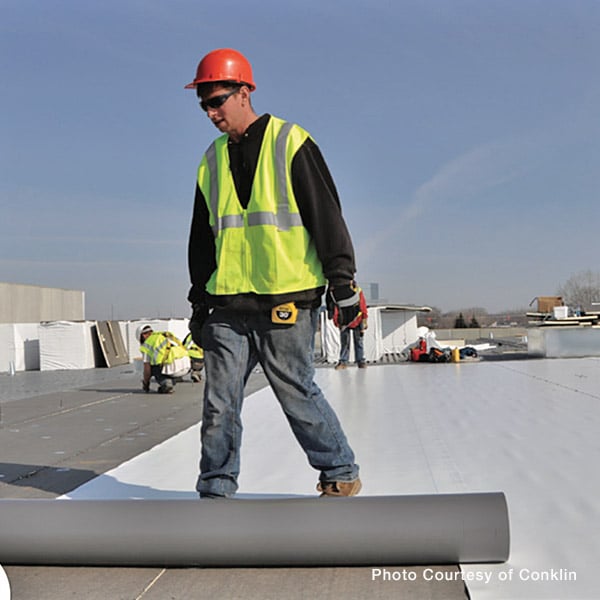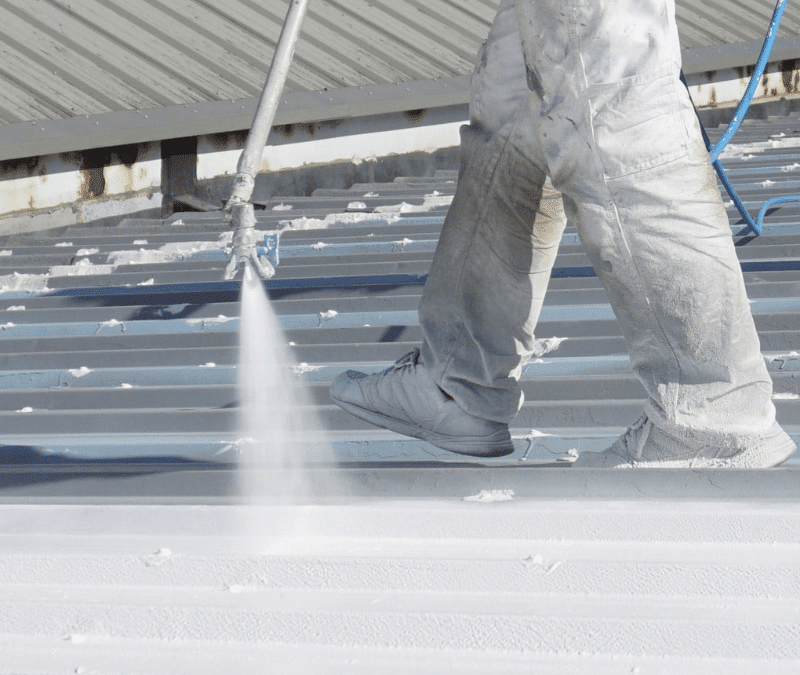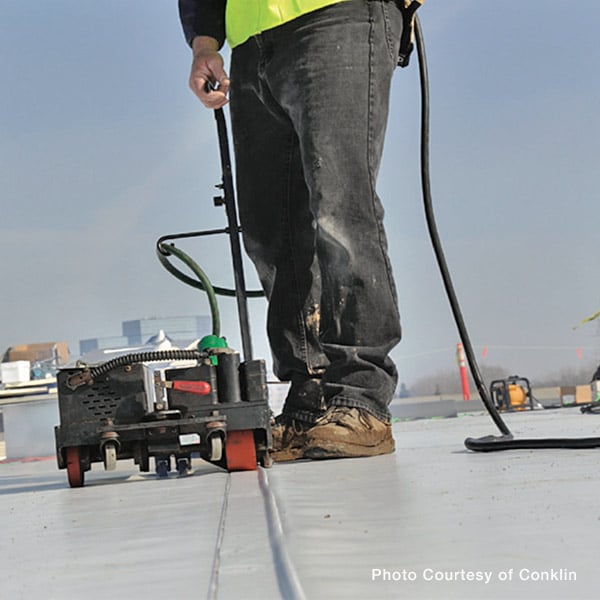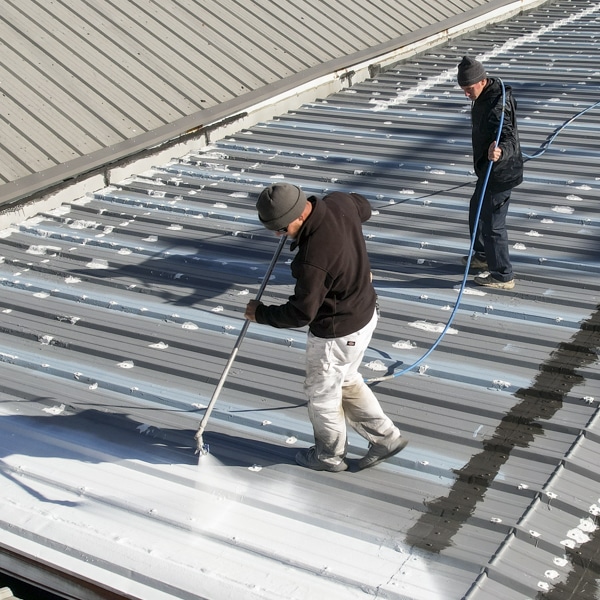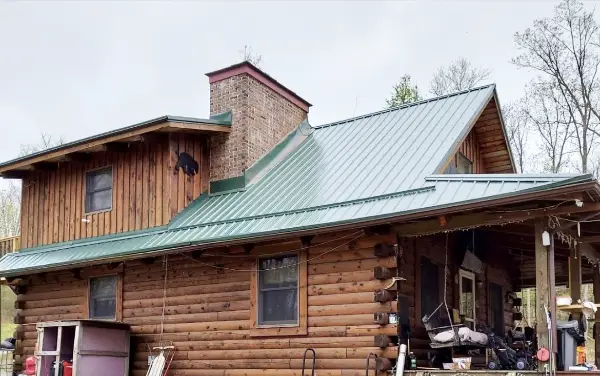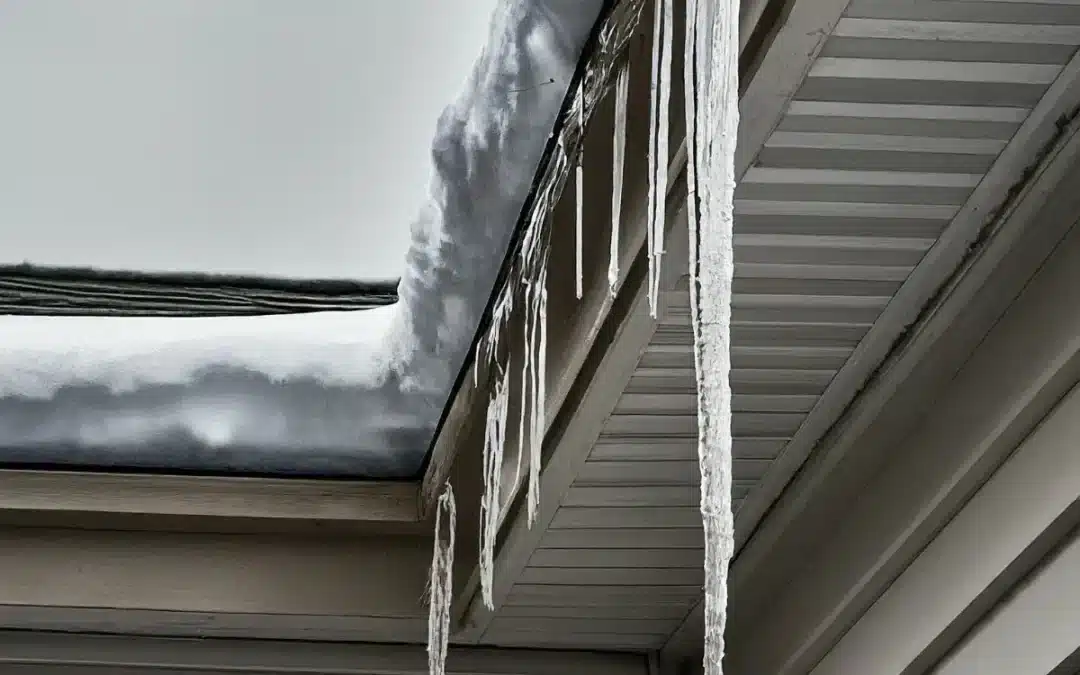What is Built Up Roofing (BUR)?
Before delving into the pros and cons, lets first explain what built up roofing is. Built Up Roofing (BUR) has a rich heritage and continues to be widely favored for commercial structures featuring low-slope or flat rooftops. This multi-ply roofing method comprises alternating layers of asphalt and felt ply sheets, capped with a top layer of stone or gravel. Renowned for its longevity and effectiveness, BUR has enjoyed widespread application for more than a century.
In this article, we’ll explore seven key advantages of built up roofing, highlighting its strengths and weaknesses to help property owners make informed decisions about their roofing needs. Whether you’re looking for lasting durability, fire resistance, or energy efficiency, built up roofing has you covered. Let’s dive into the pros and cons of this time-tested roofing solution.
ros Of Built Up Roofing:
1. Longevity
Built up roofing systems boast impressive durability, with a lifespan of up to 30 years or more when properly maintained. This longevity ensures long-term protection for your property, offering peace of mind knowing that your roof will stand the test of time. By minimizing the need for frequent replacements, built up roofing saves you both time and money in the long run. With its proven track record of reliability, built up roofing is a smart investment for any property owner looking for lasting protection against the elements.
2. Durability
These roofs are highly resistant to damage from various elements such as hail, wind, and foot traffic. Their robust construction, featuring multiple layers of materials, ensures they can withstand the rigors of harsh weather conditions and heavy use. Built up roofing is particularly well-suited for commercial and industrial buildings that require strong, durable roofing systems to protect valuable assets and ensure uninterrupted business operations. With built up roofing, you can trust that your property is well-protected against the toughest environmental challenges.
3. Waterproofing
Built up roofing provides exceptional waterproofing properties, effectively sealing out moisture and preventing leaks. This superior waterproofing capability ensures the integrity of your building’s structure by preventing water infiltration and protecting valuable assets from water damage. Whether you’re dealing with heavy rain, snow, or other forms of precipitation, built up roofing provides reliable protection against moisture intrusion, keeping your property dry and secure year-round.
4. Fire Resistance
With multiple layers of asphalt and gravel, built up roofing systems offer excellent fire resistance. This feature provides peace of mind knowing that your property is well-protected against fire hazards, enhancing safety for occupants and assets. Built up roofing’s fire-resistant properties make it an ideal choice for commercial and industrial buildings where fire safety is a top priority. By choosing built up roofing, you can reduce the risk of fire-related damage and ensure the safety of everyone in and around your property.
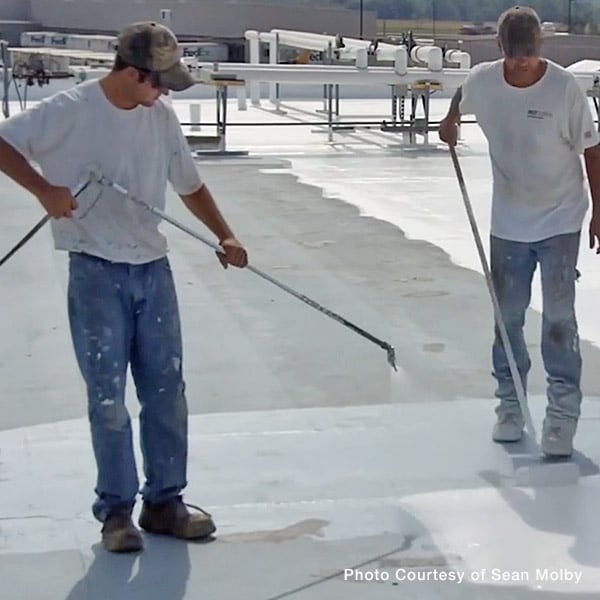
5. Thermal Performance
Built-up roofs offer good thermal insulation, helping to regulate indoor temperatures and reduce heating and cooling costs. This thermal efficiency enhances comfort for building occupants by maintaining consistent indoor temperatures year-round. Additionally, by reducing the need for heating and cooling, built-up roofing contributes to energy savings and environmental sustainability. With built-up roofing, you can enjoy a more comfortable indoor environment while also reducing your property’s carbon footprint and energy expenses.
6. Low Maintenance
Once installed, built-up roofing requires minimal maintenance, resulting in lower upkeep costs over time. Routine inspections and occasional repairs are typically all that’s needed to keep the roof in optimal condition, allowing you to focus on other priorities. Built-up roofing’s low maintenance requirements make it an attractive option for property owners looking to minimize ongoing maintenance expenses and ensure hassle-free roofing performance for years to come.
7. UV Protection
The gravel surface of built-up roofing systems provides effective UV protection, shielding the underlying materials from the damaging effects of the sun’s rays. This UV resistance helps to extend the lifespan of the roof membrane and maintain its structural integrity for years to come. By protecting against UV degradation, built-up roofing ensures that your property remains well-protected from the elements, preserving its value and longevity over time.
Cons Of Built Up Roofing:
1. Weight
Built-up roofing systems can be heavy due to the multiple layers of materials used, requiring strong support structures to bear the load. This additional weight can add complexity and cost to the construction process, particularly for retrofit projects where existing structures may not be able to support the added weight without reinforcement.
2. Installation Complexity
Installing built-up roofing is a complex process that requires specialized skills and equipment. The application of hot asphalt and gravel can be messy and labor-intensive, increasing the time and effort required for installation. Additionally, the need for proper layering and sealing to ensure waterproofing adds to the complexity of the installation process.
3. Messy Installation
The installation of built-up roofing involves the use of hot asphalt and gravel, which can create a messy work environment and produce unpleasant odors during application. This can be disruptive to building occupants and nearby properties, affecting productivity and comfort during the construction process.
4. Vulnerability to Ponding Water
Without proper sloping, built-up roofs can be prone to ponding water, leading to premature deterioration and potential leaks. Ensuring adequate drainage is essential to prevent water accumulation and maintain the roof’s integrity. Ponding water can also create breeding grounds for mosquitoes and other pests, posing health risks to occupants.
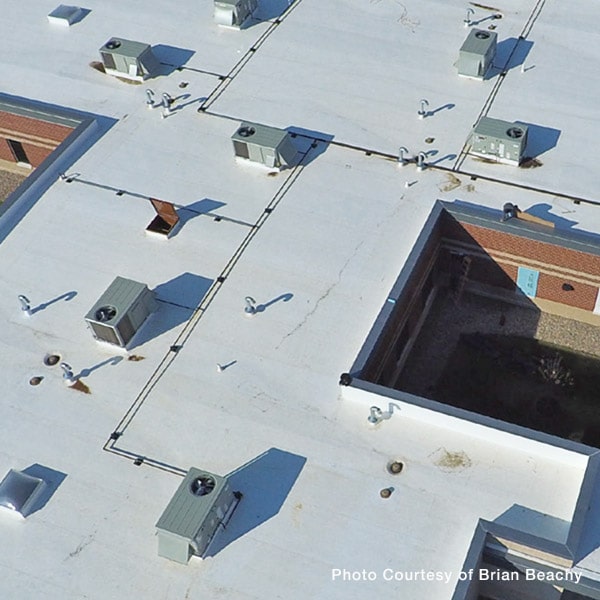
5. Susceptibility to Moisture
Built-up roofing systems may be susceptible to moisture infiltration if the seams are not properly sealed or if the roof becomes damaged. Moisture ingress can compromise the roof’s waterproofing properties and lead to structural damage over time, including mold and mildew growth, rotting of underlying materials, and corrosion of metal components.
6. Limited Design Options
Built-up roofing systems typically offer limited design options compared to other roofing materials, such as single-ply membranes or metal roofing. This may limit architectural creativity and aesthetic choices for building owners and designers, particularly for projects requiring unique or customized roofing designs.
7. Environmental Concerns
The use of asphalt in built-up roofing systems raises environmental concerns due to its petroleum-based composition and potential for pollution during manufacturing and installation. Additionally, the gravel surface may contribute to urban heat island effects by absorbing and retaining heat, leading to increased energy consumption for cooling. Moreover, the gravel surface may impede water runoff in urban areas, exacerbating stormwater management issues and flooding risks.
How Can You Deal with Built Up Roofing Weaknesses?
Lester’s Carpentry, as a certified Conklin roofing contractor, can address several of the weaknesses associated with built-up roofing:
1. Installation Complexity:
With their expertise and training as a certified Conklin roofing contractor, Lester’s Carpentry can simplify the installation process. They have the specialized skills and equipment required for installing Conklin roofing systems efficiently, reducing labor-intensive tasks and ensuring proper application.
2. Vulnerability to Ponding Water:
Conklin roofing systems, such as Conklin’s Fabric-Reinforced Roofing System, are designed to provide superior waterproofing and prevent ponding water. Lester’s Carpentry can install these systems with proper sloping and drainage solutions to mitigate the risk of ponding water and protect the roof’s integrity.
3. Susceptibility to Moisture:
Conklin roofing systems incorporate advanced technology and materials to enhance moisture resistance. Lester’s Carpentry can ensure that seams are properly sealed and apply Conklin’s high-quality coatings to prevent moisture infiltration, protecting the roof from damage and extending its lifespan.
4. Environmental Concerns:
Conklin roofing systems offer eco-friendly solutions, such as cool roof coatings that reflect sunlight and reduce energy consumption. Lester’s Carpentry can recommend and install Conklin’s sustainable roofing options to address environmental concerns associated with traditional built-up roofing systems.

Free Roof Inspection for Commercial Buildings
Don’t miss out on our exclusive offer tailored for new commercial clients located in Pennsylvania. For a limited time, we’re offering complimentary roof inspections. If it’s been more than a year since your last commercial roof assessment, don’t wait any longer – contact Lester’s Carpentry today to book your inspection and ensure the continued safety and integrity of your roof.
In conclusion, as a certified Conklin roofing contractor, Lester’s Carpentry is well-equipped to address the various weaknesses associated with built-up roofing systems. Furthermore, Lester’s Carpentry not only addresses the weaknesses but also enhances the strengths. With their expertise, they ensure that the longevity of your roof is maximized through proper installation and maintenance of Conklin roofing systems.
Lester’s Carpentry can reinforce the durability of your roof, making it more resistant to damage from elements like hail, wind, and foot traffic. Additionally, they can optimize the waterproofing capabilities of your roof, protecting your property from leaks and water damage. By partnering with Lester’s Carpentry, you can capitalize on the inherent strengths of built-up roofing while benefiting from their specialized knowledge and skills to ensure your roof performs at its best for years to come.

